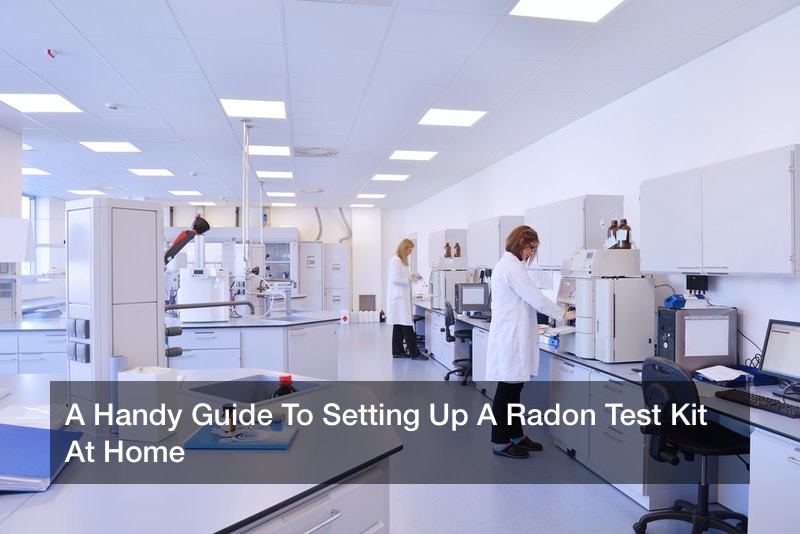
When it comes to keeping your home safe, one of the biggest issues you’re going to face as a homeowner it dealing with (likely) issue of radon. For those unfamiliar and wondering what is radon, it is a naturally occurring radioactive gas that can’t be seen or smelled and it can cause a great many health problems, including:
- Weezing
- Rapid weight loss
- Chest pains
- Coughing
- Shortness of breath
- Coughing up blood
Radon has been identified by the U.S. Surgeon General as the second leading cause of lung cancer in the U.S. The Surgeon General’s Office also estimates that as many as 20,000 lung cancer deaths are caused by radon annually.
As a homeowner, the harsh reality is that your home is likely affected by (potentially) high radon levels. In fact, 1 in 15 U.S. homes are estimated to have radon levels that are at or above the level recommended by the Environmental Protection Agency.
If combating radon seems like a daunting task as a homeowner, that’s because it is. If you’re wondering how to get rid of radon, an absolute must is to get to one of your local home improvement stores and pick up a quality radon test kit post haste.
There are plenty of radon testing kits to choose from at your local hardware store, but you need to know that there are two general types of kits: short term and long term. Short term kits test for radon between two and 90 days and long term kits are for testing for longer than 90 days. There are even test kits that function with electricity and some where radon is collected in charcoal.
So now that you’ve picked up your radon testing kit, you may be wondering what you’re supposed to do with it. To get the most accurate results, whether you go short term or long term, here’s what you need to do:
Preparing your house
To get a valid test result, you need to prepare your house for Closed House conditions; that is conditions that are suitable for testing. You need to take the following steps at least 12 hours before you start the test:
- Keep all your doors closed
- Leave all your windows closed as well
- Set any air conditioning or HVAC systems to Auto and make sure you set any window units to recirculate air
- Turn off house exhaust fans
- Don’t operate any coal or wood stoves unless you absolutely need to
- If you’ve got a radon mitigation system installed in your home, keep it going
Keep in mind that weather can adversely affect the test results, so make sure the tests aren’t performed during times with heavy rain or high winds. Testing should also be avoided indoors if your house is colder than 50 degrees Fahrenheit or hotter than 90 degrees Fahrenheit.
Pick a testing spot
Once you’ve prepped your house for testing, you need to select the perfect testing site in your home. As you look for the perfect spot, keep these things in mind:
- The test needs to be performed in the lowest area of a home
- Make sure not to pick an area in a closet or a crawl space
- Find a spot that’s ideally three feet from a door of a wall or two feet from a ceiling or floor
- Don’t put your test kit under blowing air
Now that you’ve set up your home and selected the perfect spot, it’s time to perform the test.
Performing the test
Once you’re ready to perform the test, follow these steps:
- Check the test kit’s expiration date
- Take the device from its packaging and remove the lids
- Leave the device open for at least a few days, making sure not to touch them or move them
- Once enough time has passed, put the lids back on
Assuming the devices performed correctly, you need to complete a data sheet as soon as possible and return it to a licensed radon testing site. The data sheet you fill out must include your zip code and the number of the device or devices tested.